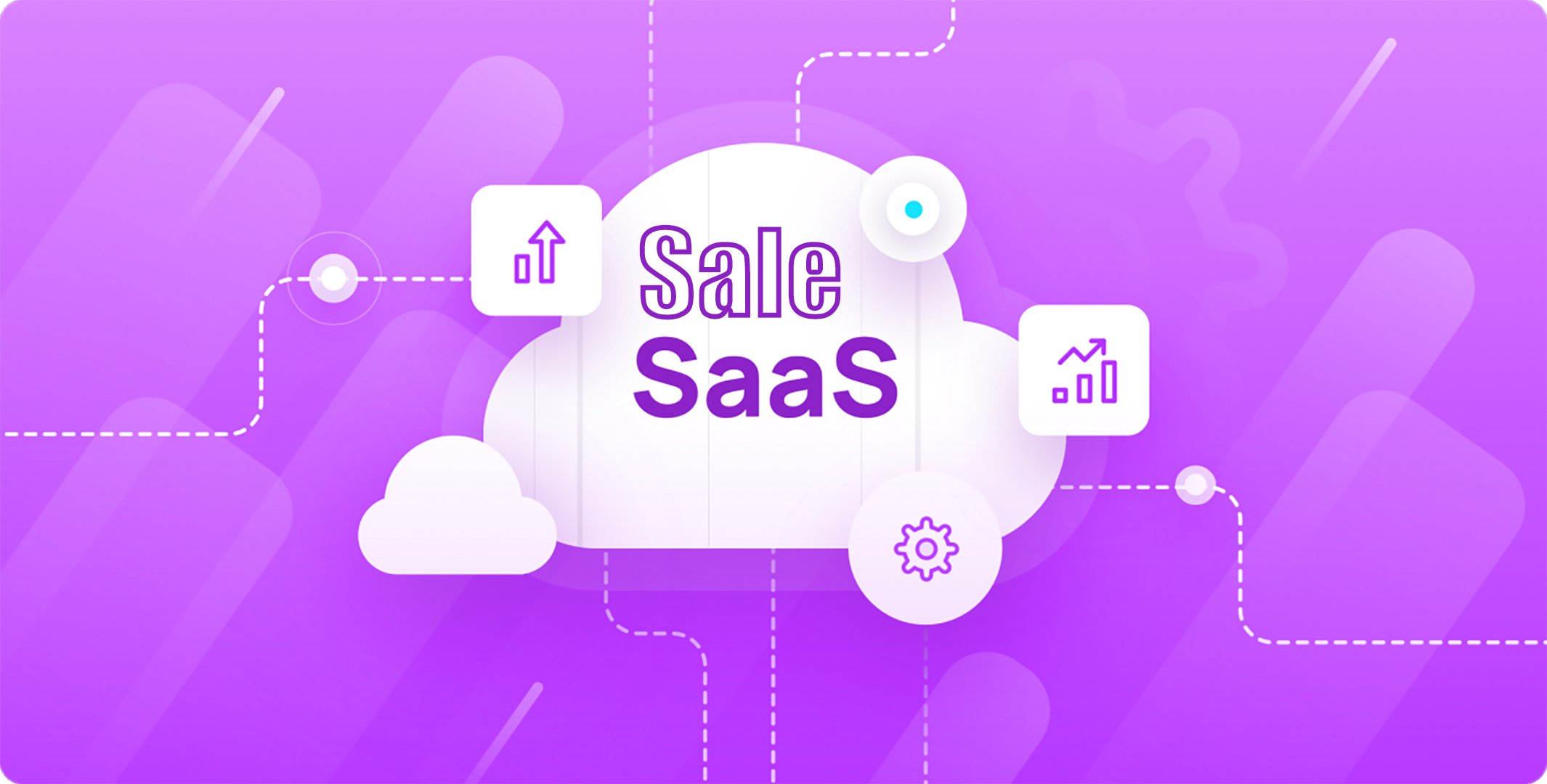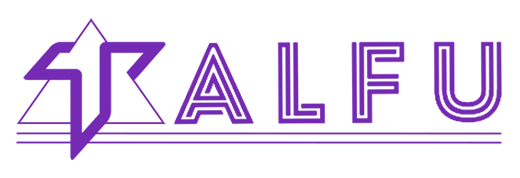
SaaS Selling Cycle Involves Relationships With Customers Rather Than One-time Transaction
Software as a Service (SaaS) has emerged with offering scalable and flexible solutions to businesses worldwide. However, the success of a SaaS product relies heavily on effective sales force strategies. In this article, we will delve into key approaches that can help businesses maximize their SaaS sales potential.
Golden Tip: "Sell a 20 dollars product a million times rather than selling a million dollars product for a one time."
Another Golden Tip: "The opprotunity may come once ."
Understand Your Audience
The foundation of any successful sales force strategy is a deep understanding of the target audience. SaaS products often cater to diverse industries and business sizes. Tailoring your approach to address the specific needs and pain points of your audience is crucial. Conduct thorough market research, gather customer feedback, and create buyer personas to guide your sales team in crafting personalized pitches.
Educate and Demonstrate Value
The SaaS industry is highly competitive, and customers need to be convinced of the value your product brings to the table. Sales teams must focus on educating prospects about how the SaaS solution addresses their challenges and improves their business processes. Utilize demonstrations and trial periods to allow potential customers to experience the product firsthand. Clearly articulate how your SaaS offering can streamline operations, enhance productivity, or save costs.
Build Strong Relationships
The SaaS sales cycle often involves ongoing relationships with customers rather than one-time transactions. Establishing trust and building long-term relationships is vital. Sales teams should prioritize communication and customer engagement. Regularly update clients on new features, provide timely support, and actively seek feedback. A satisfied customer is not only a potential advocate but also less likely to churn, contributing to the product's recurring revenue model.
Implement a Scalable Pricing Model
Developing a pricing strategy that aligns with the value your SaaS product delivers is paramount. Consider implementing a tiered pricing model that caters to different customer needs and budget constraints. This allows for scalability as businesses grow and require more advanced features. Clearly communicate the pricing structure, emphasizing the return on investment (ROI) that customers can expect from each tier.
Leverage Content Marketing
Content marketing plays a pivotal role in SaaS sales strategies. Create informative and engaging content that educates your target audience on industry trends, best practices, and the benefits of SaaS adoption. Develop a content calendar that aligns with your sales funnel, addressing the concerns and questions potential customers may have at each stage. Utilize blog posts, whitepapers, webinars, and case studies to showcase your expertise and establish your SaaS product as a leader in the field.
Utilize Data Analytics
Data-driven decision-making is indispensable in SaaS sales. Leverage analytics tools to track user behavior, understand customer preferences, and identify areas for improvement. Analyzing data can also help in identifying upselling and cross-selling opportunities, allowing your sales team to offer tailored solutions to existing customers and maximize revenue.
Effectively selling a Software as a Service product requires a combination of strategic planning, customer-centric approaches, and adaptability to industry trends. By understanding the target audience, demonstrating value, building strong relationships, implementing scalable pricing models, leveraging content marketing, and utilizing data analytics, businesses can position their SaaS products for success in an ever-evolving market. The key lies not just in making a sale but in fostering ongoing customer satisfaction and loyalty.

